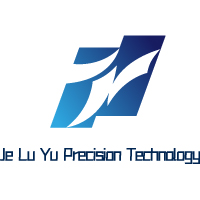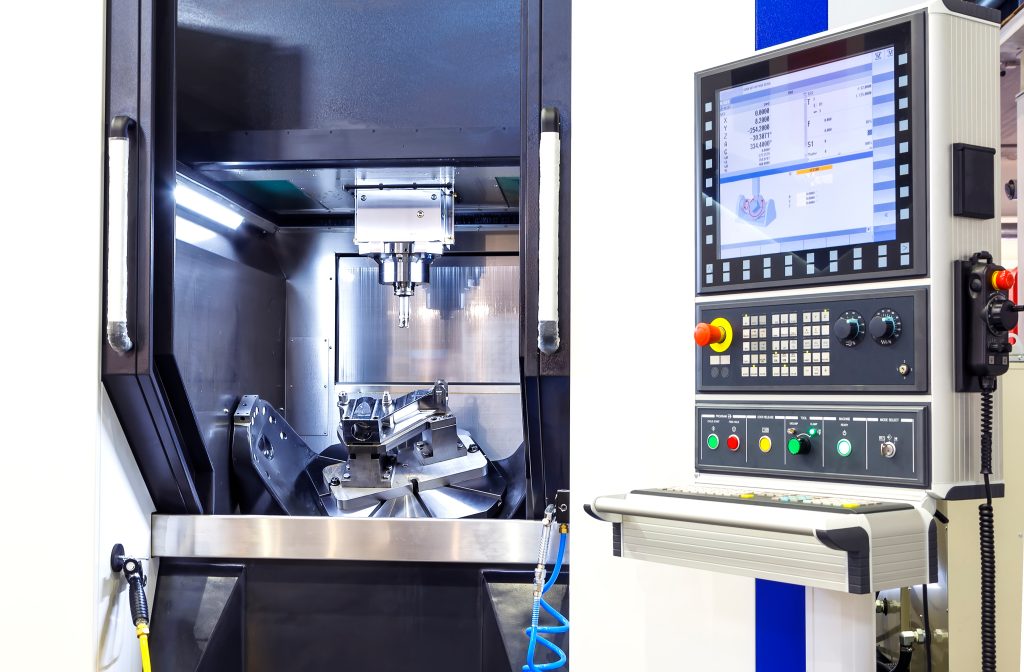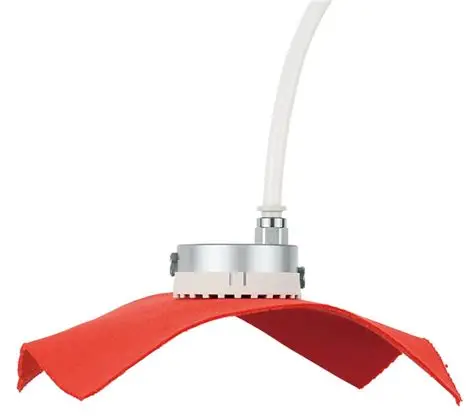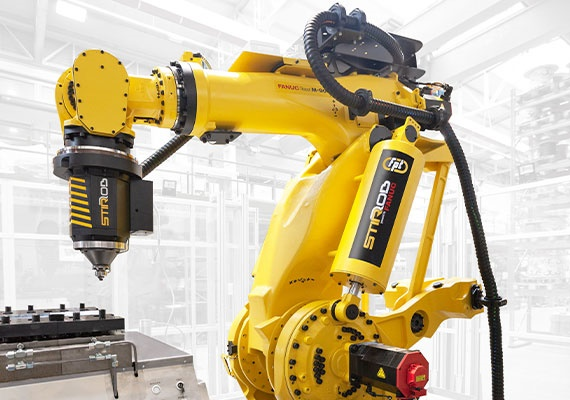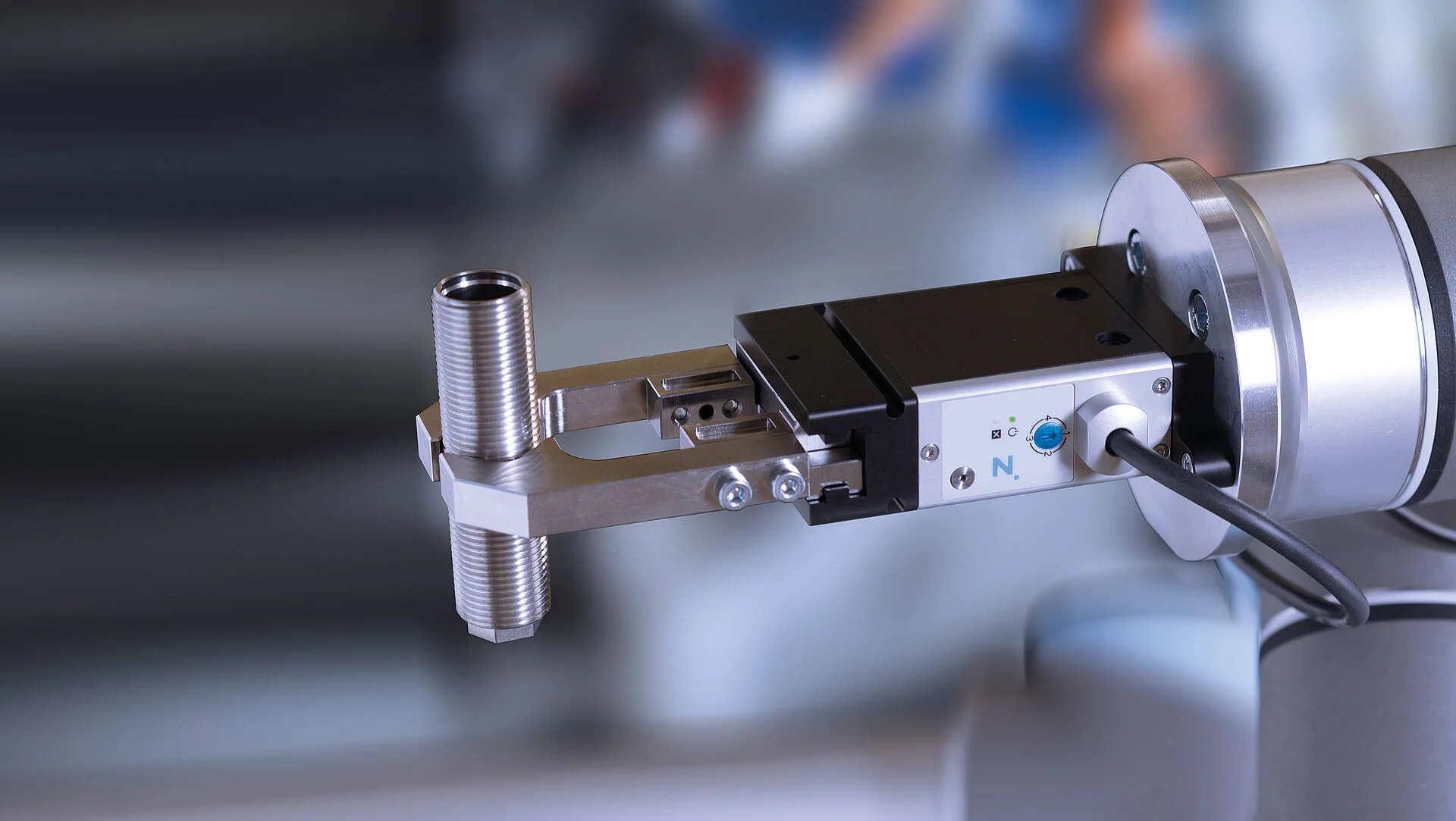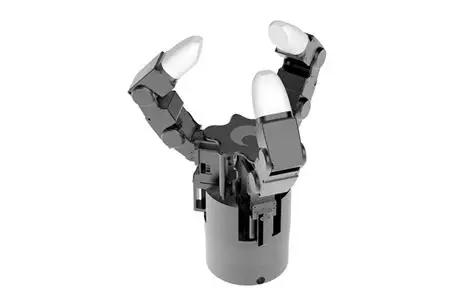CNC Machine Full Form Explained: How Computer Numerical Control Revolutionized Manufacturing
Section 1: Understanding CNC Machine Full Form and Fundamentals
1.1 What Does CNC Stand For?
The CNC machine full form is Computer Numerical Control, representing the automation of machine tools through precisely programmed commands. This technology has evolved through three critical phases:
- 1940s-1950s: Punched tape systems (MIT Servomechanisms Lab)
- 1960s-1980s: Direct Numerical Control (DNC)
- 1990s-Present: Modern CNC with CAD/CAM integration
At Jlypt, we’ve advanced this technology with:
- AI-enhanced G-code optimization
- Real-time vibration compensation
- Adaptive machining algorithms
1.2 Core Components of CNC Systems
Every CNC machine contains these essential elements:
- Control Unit (Jlypt’s proprietary J-Control System)
- Drive System (Servo motors with 0.0001° resolution)
- Feedback Devices (Glass scale encoders with ±0.5μm accuracy)
- Machine Interface (15″ multi-touch HMI panels)
Section 2: Jlypt’s Advanced CNC Machining Capabilities
2.1 Precision Engineering Specifications
Our CNC systems achieve:
- Positioning accuracy: 0.00004″ (1μm)
- Repeatability: 0.00002″ (0.5μm)
- Surface finish: Down to 2μin Ra
2.2 Material Processing Expertise
We specialize in machining:
- Titanium alloys (Grade 5 Ti-6Al-4V)
- Nickel superalloys (Inconel 718, 625)
- Engineering plastics (PEEK, Ultem)
Get a free machining consultation
Section 3: Industry Applications of CNC Technology
3.1 Aerospace Components
- Turbine blades with 0.003″ wall thickness
- Structural members with 0.0005″ positional tolerance
3.2 Medical Device Manufacturing
- Implant surfaces with 4μin Ra finish
- Micro-scale features down to 0.001″
Section 4: Future Trends in CNC Technology
4.1 Emerging Innovations
- Quantum metrology integration
- Self-learning toolpath optimization
- Blockchain-enabled quality tracking
4.2 Sustainable Manufacturing
- 95% metal chip recycling
- Energy-recovery spindle systems
- Biodegradable cutting fluids
Contact our engineers at [email protected] or visit https://www.jlypt.com
